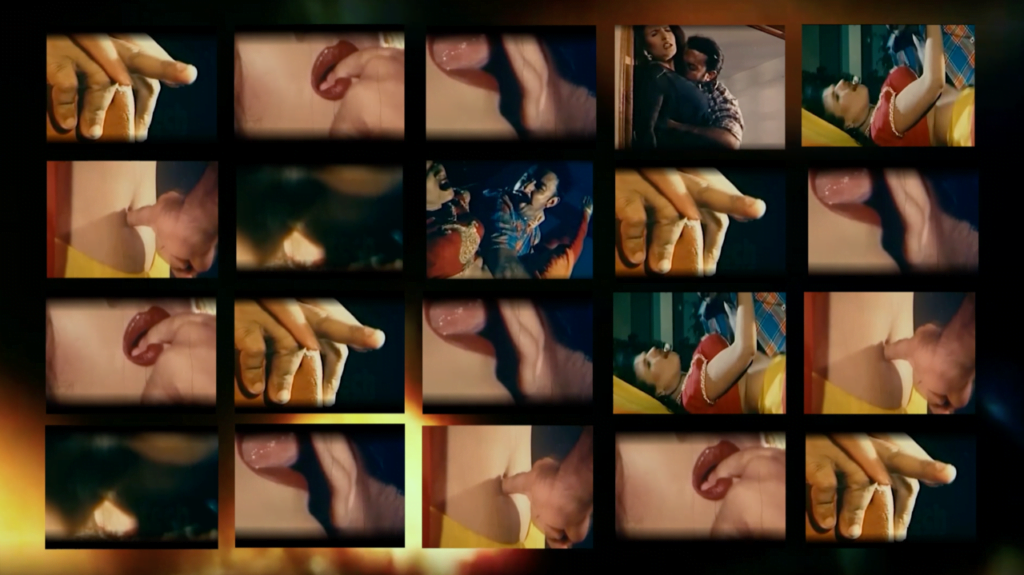
Nisa Khan
The Leeds Summer Group Show is an annual exhibition started by Courtney Spencer started in 2015. This year she partnered with Leeds Inspired, CuratorSpace and The State Of The Arts to present the 2020 exhibition online in response to the unusual set of circumstances. From almost 400 submissions, the selection panel chose 38 artists to exhibit and awarded six shortlisted artists/collectives with a share of the £600 cash prize and, luckily for our readers, an interview on The State Of The Arts! The artists are: Sarah Roberts, Paris Crossley, Nisa Khan, Katie Bennett-Rice, Alice Chandler and ACCA.
Below is the third of our series of interviews: in this one we chatted with Nisa Khan, about humour, art as a way to connect and the representation of British-Pakistani culture.
What are the main themes running in your work?
There are numerous themes running in my work – I am currently exploring appropriating and restaging performances from Indian and Pakistani cinema as well as live Pakistani performances. I unpick multiculturalism by paying close attention to hidden elements within British, Pakistani and British-Pakistani popular culture. My work explores feminism, representation and misrepresentation, I am quite interested in challenging pre-existing ideas of hyperbolic femininity surrounding South-Asian women.
What were the first artworks /artists /experiences that made you want to create art yourself?
I only became acquainted with art four years ago when I started a BA in Fine Art; having never been to an art gallery before or interacted with art, my knowledge of art was non-existent to say the least. I became very curious about materials and forms. Art for me became a place where I could reflect and question my experiences. I quickly realised that there was very little representation of British-Pakistani culture and wanted to create work which would be authentic, raw and representative of elements which are often dismissed, misrepresented or hidden.
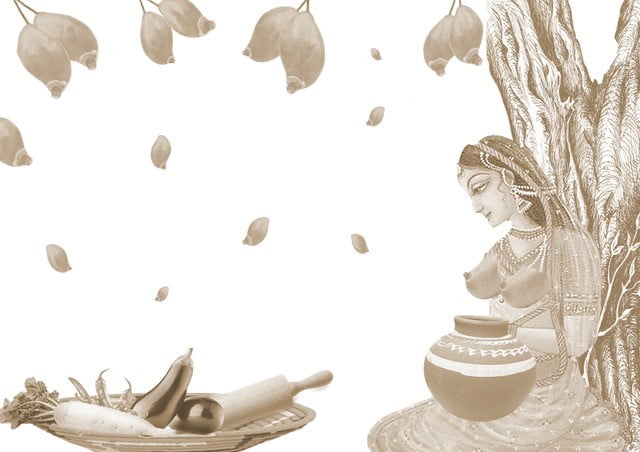
Nisa Khan
What is the significance of humour in your work?
Humour plays a significant role in my work; I often talk about my experience of feeling ‘in-between’ cultures; it allows me to present ideas in a more direct manner without censoring my experience and makes the topics of race, sexism, misrepresentation and diaspora easier to digest. I aim for my work to offer a glimpse into another perspective without being divisive: humour allows me to create a discursive, non-divisive platform where we can share experiences.
How has art and making accompanied you through the pandemic so far? Has it helped in any way or has your relationship to it changed?
At the beginning of the pandemic for a brief while I could not see the significance in art. The fragility of life became much more apparent. People and relationships took priority over art making. However, as online activity rapidly progressed, there were artist talks and virtual exhibitions, distance no longer became an issue, we began connecting with people on local and global levels. Art became a way through which I could stay connected with people and maintain a sense of community in isolation. It was through these interactions then that I realised we are all experiencing this together and that as artists we have the ability to document, archive and process these experiences of the pandemic. I missed out on a degree show as have many of the 2020 art graduates and whilst physical exhibitions have seen a dramatic decline, many emerging and early career artists such as myself have had more opportunities through online exhibitions and social media residencies.
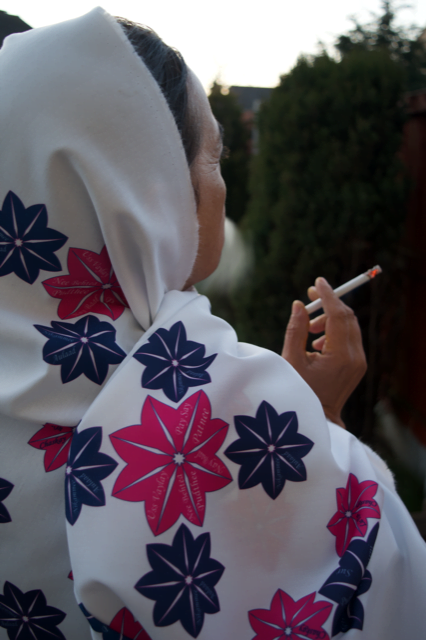
Nisa Khan
What’s the purpose of art?
This is a heavily loaded question! I think the purpose of art is to experience the world from someone else’s unique perspective. Whilst art alone may not be able to change politics or social structures, it can create platforms for conversations to occur. It is through these conversations, that I believe we begin to understand different tribes, cultures, sexes and experiences, to see our differences and similarities.
What is your main source of inspiration at the moment?
I am interested in challenging cultural misconceptions, particularly surrounding hyperbolic femininity and how South-Asian women are presented in the arts and media. My main source of inspiration is my mum. For she is the epitome of a contemporary, working-class Pakistani woman. I often draw from early conversations with my mum, whose colourful language contrasted with the strict social codes she attempted to enforce.
Filed under: Art & Photography
Tagged with: art, cotemporary art, Culture, diaspora, film, Heritage, Identity, leeds summer group show, Nisa Khan, race, sexism, tribe
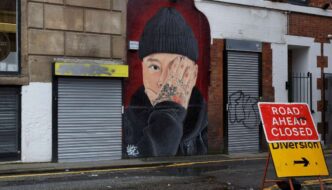
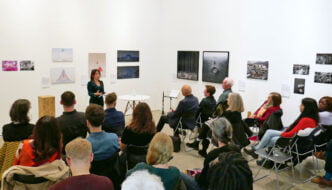
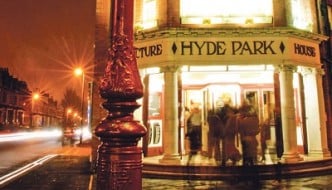
Comments